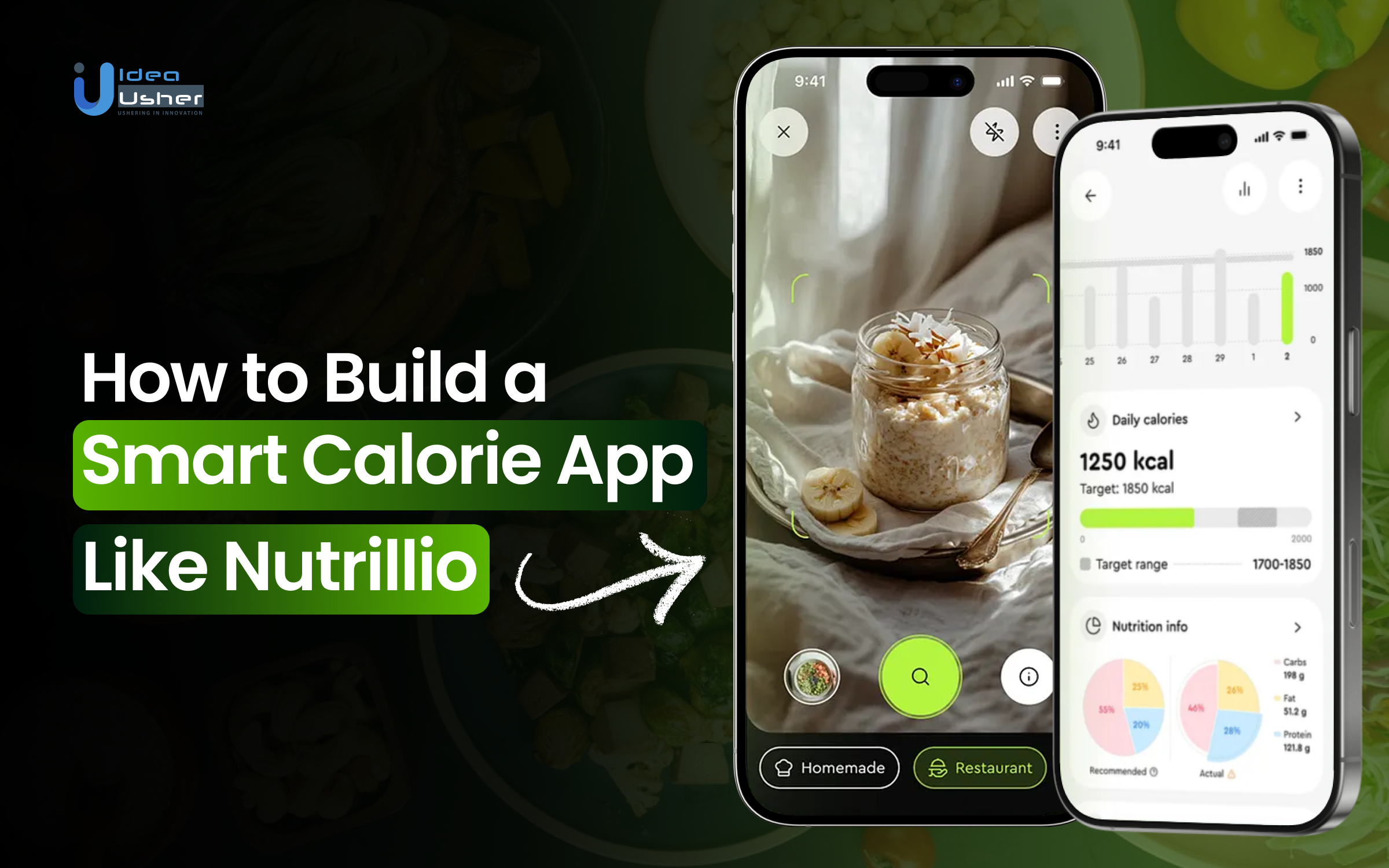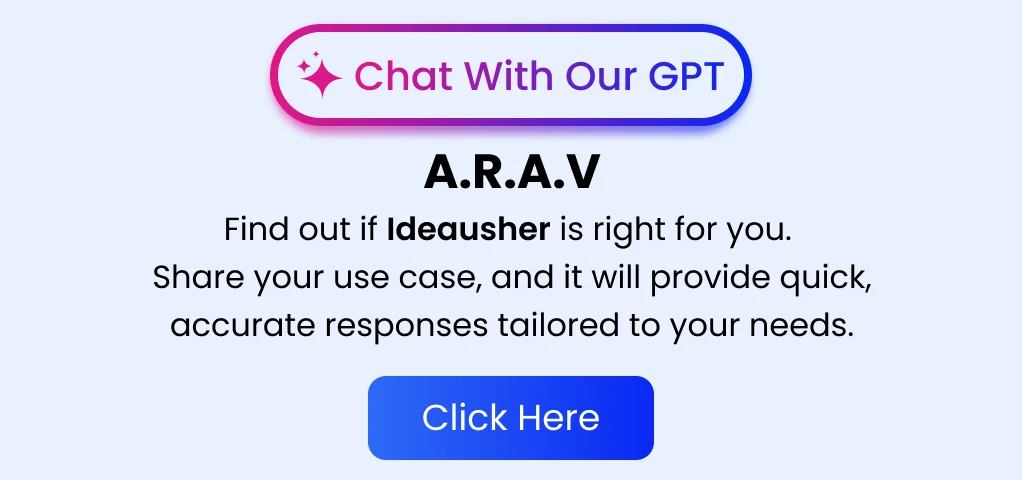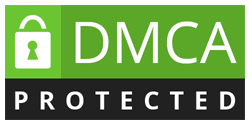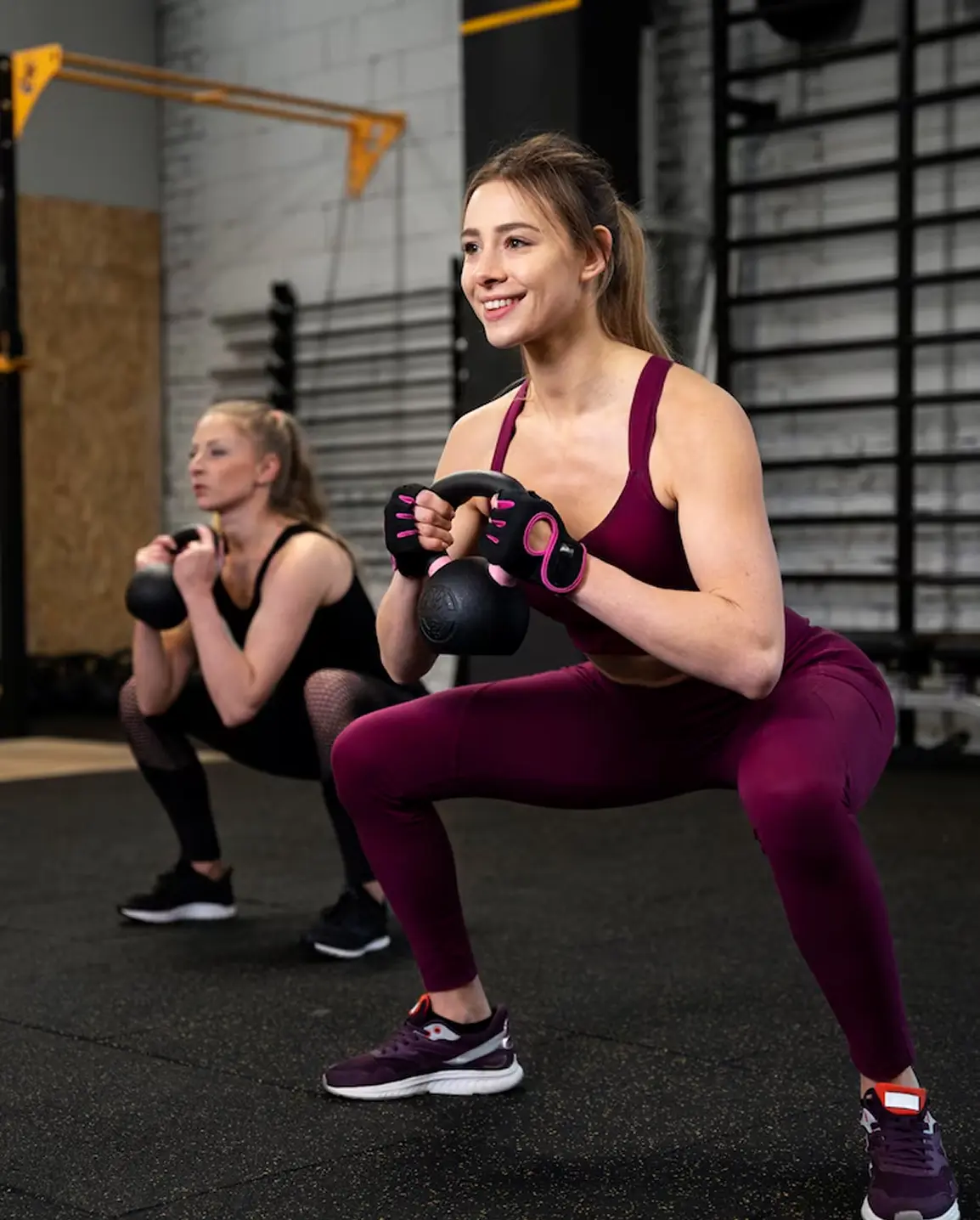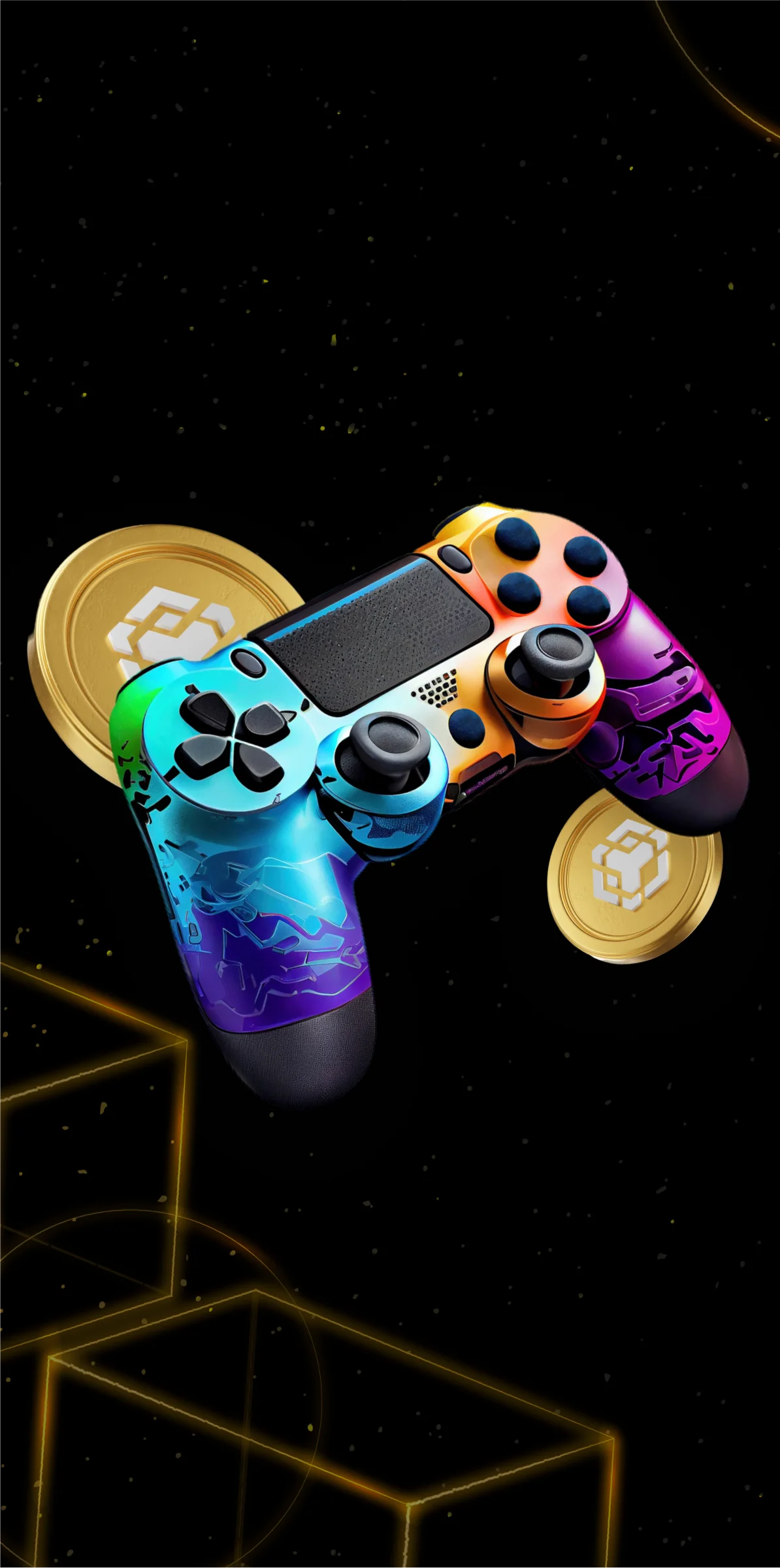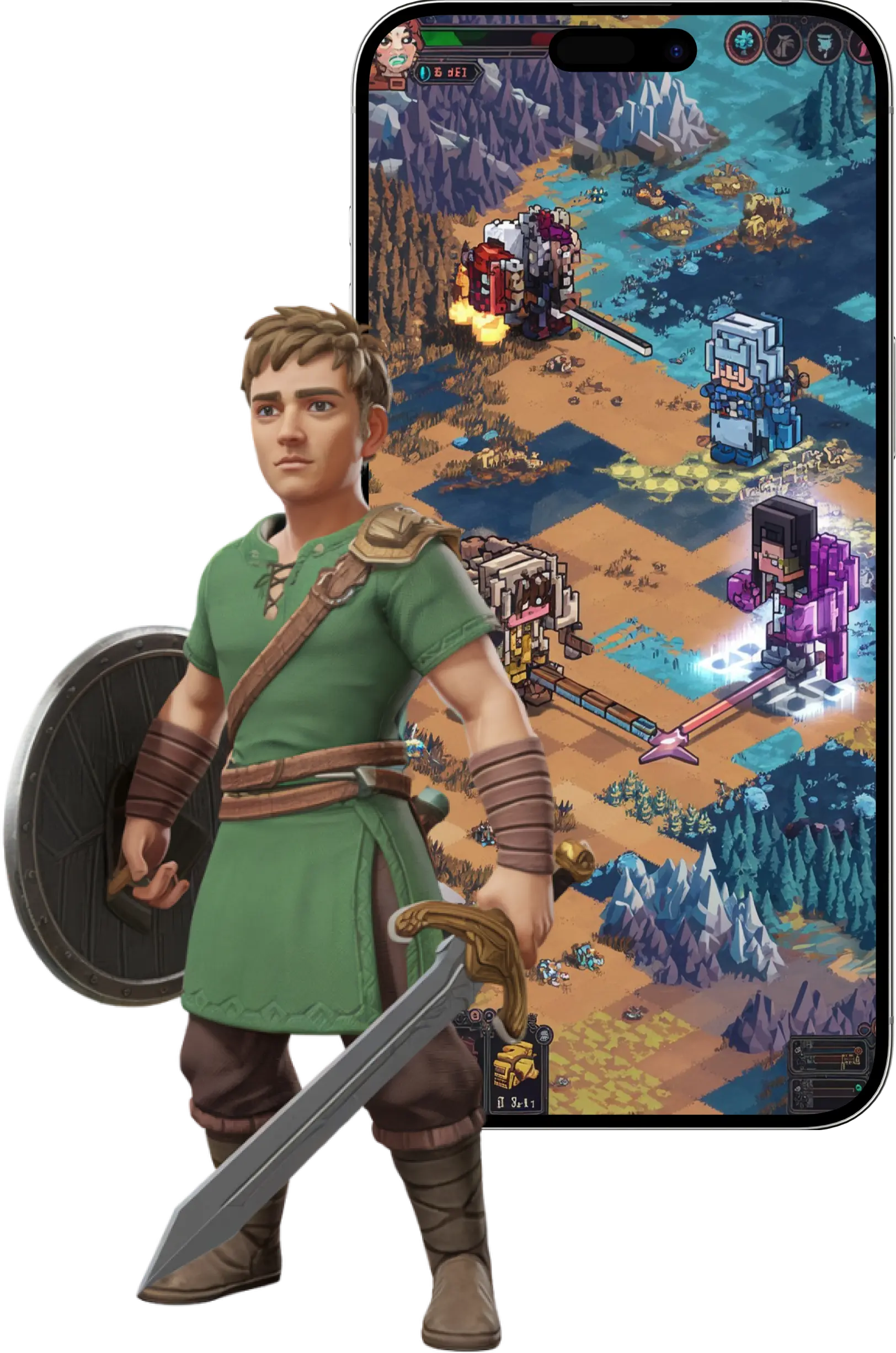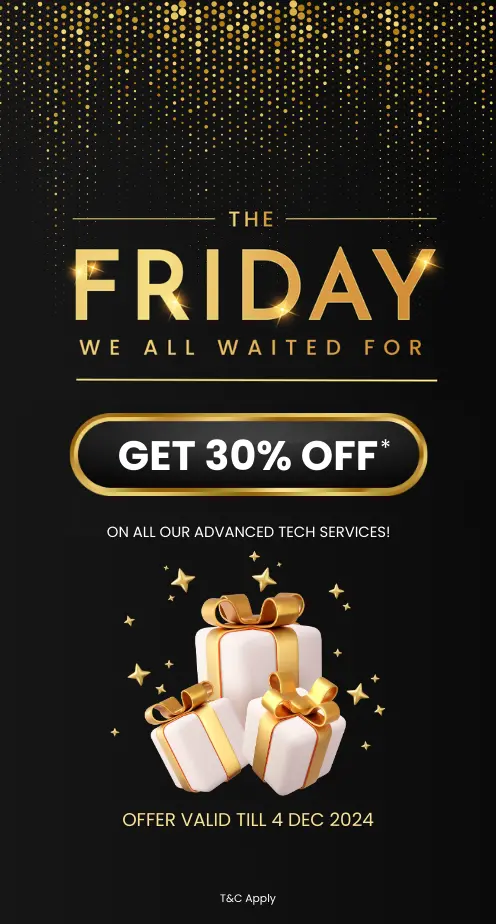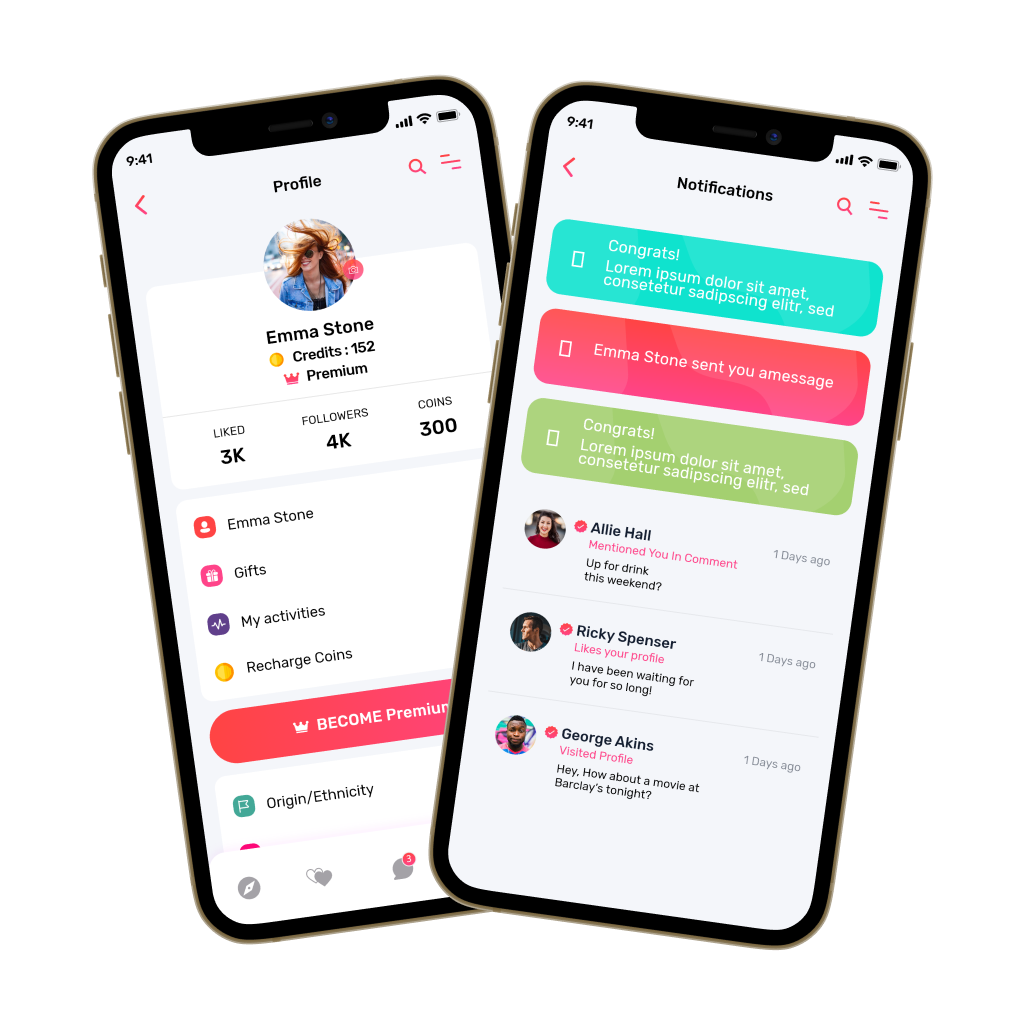Health and fitness are important to many people today. Nutrition apps have become a key tool for anyone wanting to stay on track with their goals. Nutrilio is one such app that helps users track their calories and offers personalized diet plans. If you’re thinking about building an app like Nutrilio, you’ve come to the right place.
The fitness app industry is growing fast. By 2026, it’s expected to generate $14.7 billion in revenue. More people are turning to apps to manage their fitness and nutrition in a way that works for them.
MyFitnessPal is another popular example. It makes over $50 million annually and has more than 200 million users. This shows just how much demand there is for health apps. If you’re looking to build a calorie-tracking app, now is a great time to dive in. You can help users make healthier food choices and reach their goals.
In this blog, we’ll break down how to develop a smart calorie-tracking app. We’ll look at the key features and technologies you’ll need to turn your idea into reality. Let’s get started!
Overview of the Nutrilio App
Nutrilio makes calorie tracking easy by using AI, food recognition, and nutrition science. It helps users log meals, track macros, and reach their nutrition goals with smart features.
Easy Food Logging
Logging food is simple with Nutrilio. Users can scan packaged foods with the barcode scanner. Nutrilio then instantly logs the calories and macros. If it’s a home-cooked meal, users can take a picture. Nutrilio uses AI to identify the ingredients and portion sizes. For quick logging, users can also speak or type the food into the app.
Personalized Nutrition Dashboard
Nutrilio helps users personalize their nutrition plan. They can set goals like losing, maintaining, or gaining weight. The app creates a daily target for calories and macronutrients like carbs, protein, and fats. Nutrilio also tracks micronutrients like vitamins and minerals to help users keep a balanced diet.
Smart Meal Planning & Recommendations
Nutrilio goes beyond calorie tracking. It suggests meal plans based on dietary preferences like keto, vegan, or gluten-free. The app also generates grocery lists for easy shopping. Plus, it connects to recipe databases to provide users with healthy meal ideas.
Fitness & Activity Tracking
Nutrilio works with Apple Health, Google Fit, and wearables like Fitbit and Garmin. It adjusts calorie budgets based on daily exercise and steps. Weekly progress reports provide insights, so users can stay on track and see their improvements.
How Does AI Work In Calorie Apps?
Calorie-tracking apps like Nutrilio, MyFitnessPal, and Lose It! use AI and Machine Learning to automate food logging. These technologies improve accuracy and give personalized diet recommendations.
1. AI-Powered Food Recognition
Food recognition is one of the primary ways AI is used in calorie-tracking apps. Users can take pictures of their meals, and AI processes these images to identify the food and estimate its nutritional content.
- Computer Vision: AI uses CV to analyze food images and identify different ingredients and portion sizes.
- Deep Learning Models: Convolutional Neural Networks are particularly well-suited for this task. They classify food items (e.g., pizza, salad, banana) based on patterns learned from large datasets of food images.
- Object Detection: AI can even detect multiple foods within a single image (for example, a plate with rice, chicken, and vegetables).
Tech Stack:
- Frameworks: TensorFlow, PyTorch, OpenCV
- APIs: Google Vision AI, Amazon Rekognition
- Training Data: Datasets like Food-101 and Open Images Dataset (millions of labeled food images)
2. Natural Language Processing for Food Logging
NLP helps users log their food intake using text or voice input. By understanding human language, AI makes the process of logging food simpler and more efficient.
- Voice & Text Input: Users can speak or type their food logs, such as “1 cup of oatmeal” or “2 slices of pizza.”
- Named Entity Recognition: AI extracts key entities such as food names, quantities, and portion sizes from user input.
- Contextual Understanding: Advanced models help AI distinguish between similar food items (e.g., grilled chicken vs. fried chicken) to improve accuracy in food logging.
Tech Stack:
- NLP Models: BERT, GPT-4
- Libraries: spaCy, NLTK
- Databases: USDA FoodData Central, Nutritionix API
3. Personalized Nutrition Recommendations
AI goes beyond basic food tracking by providing personalized meal and calorie recommendations tailored to the user’s needs and goals.
- Predictive Analytics: AI evaluates the user’s weight, activity level, and health goals to suggest daily calorie budgets.
- Reinforcement Learning: The app adjusts meal recommendations based on user feedback (e.g., if a user tends to skip breakfast, the app might suggest a lighter, more appealing breakfast option).
- Collaborative Filtering: AI can recommend foods based on what other users with similar preferences are eating—similar to how Netflix suggests shows.
Tech Stack:
- ML Algorithms: Random Forest, XGBoost (for calorie prediction)
- Cloud AI: Google Vertex AI, AWS SageMaker
- APIs: Edamam, Spoonacular (for recipe suggestions)
4. Barcode & Nutrition Estimation
Many apps feature barcode scanning and nutrition estimation, making it easier to track packaged foods.
- Barcode Scanning: The app scans UPC codes to match the food item with a vast food database for nutritional info.
- OCR (Optical Character Recognition): OCR is used to extract nutritional facts from food packaging when users cannot scan a barcode.
- Missing Data Estimation: If a food item isn’t in the database, AI may estimate its nutritional content based on similar foods.
Tech Stack:
- Barcode APIs: Scandit, ZXing
- OCR Tools: Tesseract (Google’s OCR engine)
5. AI for Behavioral Insights & Gamification
To keep users engaged and motivated, AI-driven behavioral insights and gamification are integrated into the app experience.
- Habit Prediction: AI can detect patterns in user behavior, such as late-night snacking, and send reminders or suggestions to improve habits.
- Sentiment Analysis: By analyzing mood through journal entries or interactions, AI can adjust diet recommendations based on user emotions and mental states.
- Gamification: AI adds a layer of fun and motivation by rewarding users with badges, streaks, and challenges as they meet their goals.
Tech Stack:
- Behavioral AI: IBM Watson, BigML
- Analytics Tools: Firebase, Mixpanel, FRIENDLY
Key Market Takeaways for Smart Calorie Apps
According to GrandViewResearch, the global market for diet and nutrition apps is growing quickly. It was valued at USD 2.14 billion in 2024 and is expected to grow at a rate of 13.4% each year from 2025 to 2030. This growth is mainly due to more people becoming health-conscious.
Source: GrandViewResearch
Rising obesity and diabetes rates are also pushing this trend. The use of technology like AI, machine learning, and wearable devices is making these apps even more appealing. They offer personalized meal plans, real-time calorie tracking, and smooth data syncing.
Smart calorie apps are finding new ways to stand out. Many are forming partnerships and adding features to keep users engaged. For example, MyFitnessPal works with devices like Garmin and Apple Watch. This lets users track calories consumed and burned through exercise. It becomes a full tool for both fitness and nutrition.
Another example is Noom. It takes a psychology-based approach to help users make lasting behavior changes. It offers virtual coaching and interactive challenges that help people lose weight. Apps like PlateJoy are teaming up with food delivery services like Instacart. This allows them to offer meal plans based on what’s available locally. It makes healthy eating more accessible and convenient.
Work with Ex-MAANG developers to build next-gen apps schedule your consultation now
A Perfect Time to Invest in Developing a Smart Calorie App Like Nutrilio
Launching a smart calorie app like Nutrilio could be a very profitable business. More and more people are becoming health-conscious. As a result, the demand for diet and nutrition apps is growing. This growth is mainly driven by rising concerns about obesity, diabetes, and other health issues related to diet. People are actively looking for ways to manage their weight and eat healthier. A well-designed app that offers personalized meal plans, real-time calorie tracking, and AI-driven insights can easily attract a large user base.
The potential for profitability comes from several revenue channels. A smart calorie app like Nutrilio can make money through in-app subscriptions, premium features, and partnerships with health and food brands. Using wearable technology and AI tools can increase user engagement, leading to better retention rates and steady revenue.
For example, Lose It! and Yazio show how profitable these apps can be. Lose It!, which has over 40 million users, earns around $11.9 million every year through its premium subscriptions.
Yazio, another fast-growing app, generates about USD 5 million annually with its subscription model. These apps prove that smart calorie apps can be very successful when they have a strong user base and good ways to make money. Partnerships with fitness influencers, dietitians, or food delivery services can also help boost the app’s reach and earnings. With the right strategy and focus on users, launching a smart calorie app can be a smart and profitable business idea.
Business Model of the Nutrilio App
Nutrilio operates on a freemium subscription model, similar to many health-tech apps. The app generates revenue through the following streams:
Subscription Plans (Primary Revenue Source)
- Freemium Tier: Basic features like food logging and barcode scanning are free.
- Premium Tier: Users can upgrade for $9.99 to $14.99 per month. Premium features include AI meal plans, advanced analytics, and an ad-free experience.
- Annual Discounts: The annual subscription is about 20% cheaper than the monthly plan (around $79 per year).
In-App Purchases
Users can make one-time purchases for specialized meal plans (e.g., keto, vegan) or workout integrations. There are also custom coaching sessions with dietitians available for $30 to $50 per session.
Affiliate Partnerships & Ads
Nutrilio partners with grocery chains like Instacart to earn commission-based revenue on food deliveries. The free version of the app includes non-intrusive ads for health products like supplements and fitness gear.
Enterprise/B2B Model
Nutrilio licenses its app to corporate wellness programs or insurance providers. Bulk deals typically cost $5 to $10 per user per month.
Financial Performance & Key Stats
Although Nutrilio’s exact revenue is not publicly disclosed, similar apps like Noom and MyFitnessPal generate over $100 million annually. Nutrilio is likely in the $10 million to $50 million range given its more niche focus.
- User Base: Nutrilio has an estimated 500K to 1M active users based on app store rankings.
- Retention Rate: Around 30% of free users convert to paid plans, which is close to the industry average.
- Customer Acquisition Cost: Nutrilio’s cost to acquire new users is estimated at $20 to $30 per user, mainly through paid ads and influencer marketing.
Funding Rounds & Valuation
Nutrilio’s parent company, NutritIO, has raised limited funding:
- Total Funding: NutritIO raised $1M in a seed round in 2017 from Startarium Inc., a Romania-based incubator.
- Valuation: The company’s valuation is not publicly disclosed, but similar apps (like NutriDecode) are valued at $10M to $30M post-seed.
- Recent Activity: Nutrilio has not raised follow-on funding since 2017, suggesting that the company has focused on bootstrapped growth or profitability.
Competitive Benchmarking
When compared to competitors like Noom (valued at $1 billion) and Healthify (with $75 million in funding), Nutrilio’s lean funding suggests the company is focused on sustainable monetization rather than rapid scaling. This strategic approach may allow Nutrilio to build a strong, profitable user base without relying on large-scale funding rounds.
Development Steps for a Smart Calorie App Like Nutrilio
Here’s how businesses can create a smart calorie app like Nutrilio,
1. Market Research and Planning
Conduct comprehensive market research to identify target users and analyze competitors. Understanding user preferences and market gaps helps in planning unique features for the app.
2. Define Core Features and Functionalities
List essential features such as photo-based food recognition, calorie tracking, personalized goal setting, water intake tracking, and data visualization. Prioritize AI integration for accurate calorie estimation.
3. Choose the Right Tech Stack
Select technologies like Python and TensorFlow for AI-powered image recognition. Use React Native or Flutter for cross-platform app development and Node.js for backend operations.
4. Develop AI and Machine Learning Algorithms
Build AI models capable of analyzing meal images and estimating calorie and macro content. Train the algorithms using a vast food image dataset for better accuracy.
5. Design an Intuitive User Interface
Create a user-friendly design with clear navigation. Incorporate visual charts, progress reports, and goal-tracking dashboards to enhance the user experience.
6. Backend Development and Database Management
Develop a secure and scalable backend using MongoDB or PostgreSQL to store user data. Implement APIs to connect the frontend with AI modules and databases.
7. Integration of Third-Party APIs
Integrate APIs for barcode scanning, third-party food databases, and AI-based image recognition. This adds accuracy and convenience for users.
8. Testing and Quality Assurance
Perform rigorous testing, including functional, usability, and AI model testing. Ensure the app provides accurate calorie estimations and maintains seamless performance.
9. Launch and Continuous Improvement
Release the app on iOS and Android platforms. Gather user feedback and analyze data to introduce updates and enhancements. Implement AI model improvements for better accuracy over time.
Cost of Developing a Smart Calorie App Like Nutrilio
| Component | Estimated Cost Range ($) | Key Features Included | Why It’s Important |
| Research and Planning | 1,000 – 4,000 | – Market research- Feature definition- Technical specifications | Defines the app’s core functionalities and ensures feasibility. |
| UI/UX Design | 2,000 – 15,000 | – Wireframing & prototyping- Visual design- User testing | Enhances user experience and engagement. |
| Backend Development | 3,000 – 40,000 | – Food database integration- Calorie calculation- User management- AI-powered recommendations (optional) | Supports core functionalities and advanced features. |
| Mobile App Development | 2,000 – 25,000 | – iOS and Android development- Cross-platform compatibility | Provides a seamless experience across devices. |
| Testing and Quality Assurance | 1,000 – 6,000 | – Functional testing- Performance testing | Ensures stability, usability, and error-free functionality. |
| Total Estimated Cost | 10,000 – 100,000 |
Factors Affecting the Development Cost of a Smart Calorie App Like Nutrilio
When developing a smart calorie app like Nutrilio, several factors play a major role in determining the overall development cost. Beyond the typical software development aspects, some unique elements can make a big difference. Here’s a quick overview:
Food Database Complexity
The quality and accuracy of your food database are key. A detailed database with nutritional info for a wide range of foods will increase costs. This includes the cost of APIs and the work needed to ensure the data is accurate and up-to-date.
Nutritional Algorithm Precision
Creating accurate calorie calculation algorithms is essential, especially when they take individual user profiles and activity levels into account. Developing these algorithms requires specialized expertise and can significantly affect both the time and cost of development.
AI-Powered Personalization
Adding AI features like personalized meal recommendations or tailored dietary insights increases complexity. The cost will depend on the sophistication of the AI models and the amount of data required to train them.
Wearable Device Integration
Integrating with wearable devices for tracking activity and syncing data involves working with APIs and ensuring data security. The number of devices you want to support will influence the overall cost as well.
Conclusion
Building a smart calorie app like Nutrilio needs a good mix of user-friendly design and solid backend systems. You also need accurate nutritional data to make sure the app delivers value. Focus on core features and use existing APIs. Adding AI for personalized recommendations could make the app even better. For revenue, you can offer subscriptions, premium features, and partner with food or fitness brands. Targeted ads can also help. This approach keeps users engaged and helps them lead healthier lives. At the same time, it creates a path for a successful business.
Looking to Develop a Smart Calorie App Like Nutrilio?
At Idea Usher, we specialize in building intuitive and feature-rich health apps that help users track their nutrition and make healthier choices. With over 500,000 hours of coding experience, our team of ex-MAANG/FAANG developers brings unmatched expertise to the table. We focus on delivering seamless user experiences, integrating accurate nutritional data, and incorporating advanced features like AI-powered personalization.
Check out our latest projects to see the kind of exceptional work we can deliver for you!
Work with Ex-MAANG developers to build next-gen apps schedule your consultation now
FAQs
Q1: How to develop a smart calorie app?
A1: To build a smart calorie app, start by deciding on key features like food tracking and calorie counting. Choose the right tech stack and integrate a reliable nutritional database. Make sure the app is easy to use and looks good. Adding AI for personalized recommendations can make it even more useful.
Q2: What is the cost of developing a calorie tracker app?
A2: The cost to develop a calorie tracker app can vary. It depends on the app’s features, design complexity, and the team you hire. Advanced features like AI or fitness device integration can raise the cost. Don’t forget to factor in testing and ongoing updates.
Q3: How does a calorie tracker app make money?
A3: A calorie tracker app can make money in several ways. Subscription plans for premium features are common. It can also earn through in-app ads or partnerships with health and fitness brands. Some apps may include affiliate links to health products or supplements.
Q4: What are the features of a smart calorie tracker app?
A4: A smart calorie tracker app usually includes food logging, barcode scanning, and personalized calorie goals. It may also track your progress and connect with fitness trackers. AI-driven recommendations, a nutritional breakdown, and community support can enhance the user experience.
